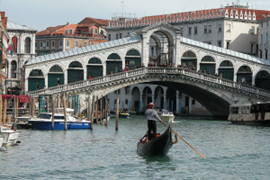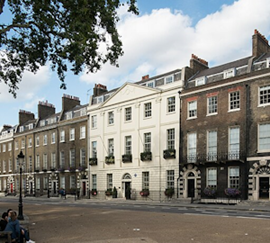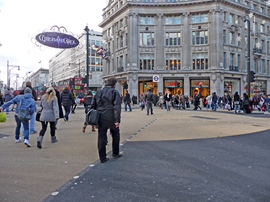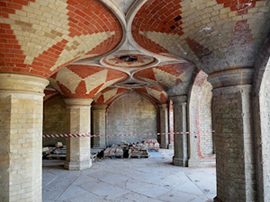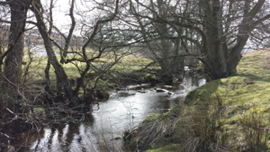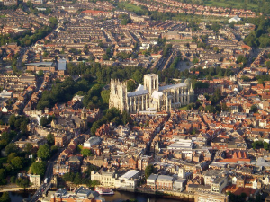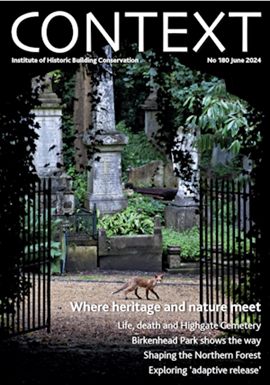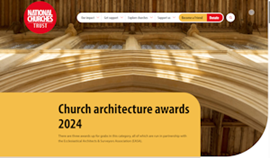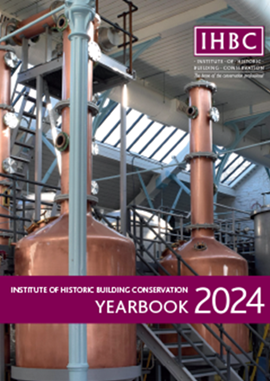The journey to sustainability in heritage
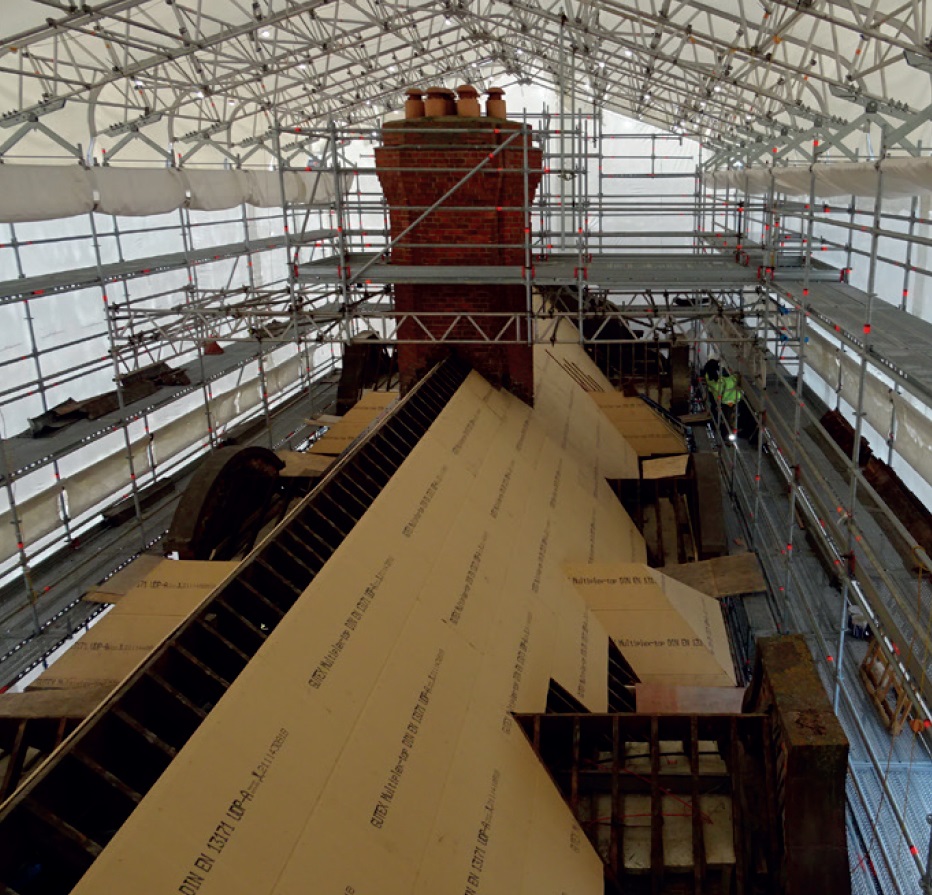
|
| Retrofitting the Rubrics building, which dates from 1698 and is the oldest building on the campus at Trinity College Dublin: for the roof, woodfibre sarking boards were laid outside the rafters to minimise thermal bridging, with additional vapour permeable insulation between the rafters. |
Contents |
Introduction
In 2006 the European Union published the Energy Performance in Buildings Directive (EPBD) and by 2009 all 28 member states had signed up to it. This initiative set the scene for legislation to promote, encourage and incentivise the reduction of primary energy in buildings and to greatly contribute to the reduction of greenhouse gases (carbon dioxide equivalents – CO2e). This led to a drive to energy retrofit our buildings and it created the Building Energy Rating (BER) and Environmental Performance Certificate (EPC) which all buildings must have if renting, selling or leasing. BER and EPC Assessors were trained to carry out a tick-box survey system of how buildings were performing from an energy point of view. Unfortunately, the methodology for this assessment was based on post-1974 buildings.
During the development of the EPD the heritage sector was seriously concerned about the negative effect this directive may have on heritage buildings and rightly so.
Fast forward 14 years and we now know that the BER and EPC methodology and the level of training given to the assessors means the system is not fit for purpose. Let me clarify; the tick box system asks ‘what is the construction of your building envelope’. If you have a solid wall construction, which is most likely if your building is pre-1945, then you get assigned a default U-value of 2.1 or 2.2. When this reading moves down the questionnaire to the results, this value causes your building to fail. This results in a recommendation to put a ridiculous amount of insulation on your walls to achieve a 30 per cent reduction in energy. This is so wrong from so many points of view. In particular, the typical recommendation for insulation is a carbon-intense closed-cell insulation which may perform thermally in the short term but it will accelerate decay mechanisms in a traditional or heritage building. This is because it stops natural moisture movement, creates condensation and is most likely to also encourage mold growth, all of which will deliver an unhealthy indoor air quality that may have a negative effect on the occupiers.
Dwellings across Europe that date to pre-1945 represent approximately 30 per cent of our built environment. Add early state, commercial, educational, industrial and religious buildings and we are above 50 per cent of our built environment. As little as 8 per cent of these have statutory heritage protection, so two things: this represents a huge share of the market and it puts a lot of buildings at risk of maladaptation. Solving this market sector can contribute hugely to reducing all nations’ CO2e emissions and if an adaptive reuse of our older buildings strategy is in place it could also contribute to Europe’s housing crises.
Research and development
Research is the key to increasing understanding and knowledge in our sector, traditionally early research was mainly done through universities and in some cases stayed in academia. So, most funding mechanisms now demand an SME (small to medium sized business) to be part of any bid, which doesn’t guarantee but improves the chances of the results getting out into the general market.
In the past 15 or so years, research in our sector has increased significantly, and this can be attributed to the heritage sector being much more active in promoting the importance of protecting our built environment, awareness within communities and the great work of our many conservation and heritage officers now in place.
The EU has also increased their support for our built environment through increased research funding, legislation and directives such as the recent Horizon Europe Funding Stream, The Green Wave. The EPBD is also being reviewed and due out soon. All these initiatives are encouraging more activity in the built environment, more acceptance of the built environment, better funding opportunities and it is beginning to change the economics of the adaptive reuse of our traditional and heritage buildings.
Key areas for further development include research into embodied carbon, the analysis of the skills required and the development of targeted training, the improvements in legislation and statutory guidance, better understanding of what can go wrong (maladaptation), and the improvement in data gathering and sharing.
Embodied carbon
Thanks to the declaration of the climate emergency, we are now realising that embodied carbon can be a huge factor in meeting our national and international emission targets. The more we, the heritage sector, can prove its importance, the more buildings we will save. The built environment will become a climate action and the importance of our traditional and heritage buildings will become more profoundly valued. The more built heritage is seen as a climate action the better, as much funding is being planned and ring-fenced by governments to reduce our dependence on fossil fuels. The development of carbon intensive new buildings cannot be justified when existing buildings can be a low carbon solution.
Training and skills
In promoting and developing the energy retrofit of our built heritage, we will need to improve the training and skills of those working with traditional buildings, materials and trades. This is certainly where IHBC could come to the fore by using its contacts to design and run such courses.
Future legislation
Two immediate avenues to drive and ensure the sympathetic sustainability of our traditional and heritage buildings are being muted in Europe. Many companies are already voluntarily producing ‘environmental product declarations’ but EPDs will become statutory within a short period of time. Certainly, the idea being floated at a European level is a carbon fine for demolition and a carbon credit for the adaptive reuse of an existing building. This could seriously change the dynamics of the built environment.
Maladaptation
Too many buildings have been damaged and unfortunately will continue to be damaged until legislation, regulation and knowledge on how to deal with traditional and heritage buildings are more aligned and enforced through our planning systems.
Hard data
There is a lack of hard data, although with the many research projects around Europe particularly, we are now getting better data. We as a sector need to drive more exemplary projects that not only implement best conservation practice and best energy efficiency retrofit measures but also records data along the journey, including post-occupancy monitoring and publication of data.
Recent initiatives
These are just a few examples of the wide range of programs currently being developed by the heritage sector in Britain and Ireland to extend our knowledge of climate change and to reduce carbon.
Climate Change Adaptation is the subject of several recent initiatives. Workshops organised by the Irish Green Building Council (www.igbc.ie) in 2019 were aimed at developing a Sectoral Plan for Built and Archaeological Heritage.
Adapt Northern Heritage is a project being coordinated by Historic Environment Scotland which is concerned with helping northern cultural heritage adapt to the impacts of climate change through community engagement and informed conservation planning. Ballinskelligs Abbey, a 12th-century monastic ruin in County Kerry, is one of nine historic places from across northern Europe that are used as case studies for the development of adaptation plans – see http://bc-url.com/yb23pc1.
Understanding Carbon in the Built Environment, Historic England, 2019: research carried out by Carrig Conservation for Historic England analysed whole-life carbon emissions before and after different energy efficient refurbishment scenarios for a Victorian terrace. The research showed that the refurbishment and retrofit of the existing building would reduce carbon emissions by more than 60 per cent by 2050, outperforming a newly constructed building of the same form and size– see http://bc-url.com/yb23pc2. Urban regeneration helps communities to bring redundant buildings back into use, but its sustainability benefits can go much further.
Town Centre First is a new approach to regenerating towns in the Republic of Ireland which brings together representatives of local residents, business people, community groups and other stakeholders in a team to produce a new plan for their town centre. The town team is supported by the local authority through a dedicated town regeneration officer, with the aim of creating ‘viable, vibrant and attractive locations for people to live, work and visit’. Sustainability is at the heart of policy, including improving provision for cycling and walking, reducing commuting by enabling remote working, bringing redundant buildings back into use and retrofitting the existing building stock to reduce heat loss and carbon– see http://bc-url.com/yb23pc3.
Guide to Energy Retrofit of Traditional Buildings – published by Historic Environment Scotland in 2021 (http://bc-url.com/hes-retrofit), this is a practical guide to the retrofit measures which can be used to improve the energy efficiency of traditionally constructed buildings while maintaining their historic fabric and creating healthy indoor environments. The advice draws on Historic Environment Scotland’s own research and references case studies as evidence.
See also The Cadiz Document: InnovaConcrete Guidelines for the Conservation of Concrete Heritage, published by ICOMOS in 2021 (http://bc-url.com/yb23pc4) and ‘FabTrads’, a project based in University College Dublin which is taking fifty typologies of heritage buildings and doing real time U value measurements to start a database to be shared internationally (https://www.ucd.ie/biace/projects/fabtrads/).
The journey to sustainability has begun.
This article originally appeared as in the Institute of Historic Building Conservation’s (IHBC’s) Yearbook 2023. It was written by Peter Cox FRSA, managing director of Carrig Conservation International Limited (www.carrig.ie) who was President of the ICOMOS National Scientific Committee on Energy Sustainability and Change from 2013 to 2020.
--Institute of Historic Building Conservation
Related articles on Designing Buildings
IHBC NewsBlog
ICOMOS-CIF 2024 Symposium celebrates 40th anniversary in Venice
It aims to critically review current practices and theories of conservation of built heritage around the world, and more.
HES establishes new national centre for retrofit of traditional buildings
HES plans to develop the centre follows £1m of funding from UKRI Arts and Humanities Research Council.
High Court rejects oral appeal against tower block decision in historic Bloomsbury
The request was for a full Judicial Review hearing against Camden Council’s approval of a 74m-high tower block in Bloomsbury.
Mayor of London and Government announce bold plans to transform Oxford Street
Plans include turning the road into a traffic-free pedestrianised avenue, creating a beautiful public space.
Crystal Palace Subway, for 160th anniversary
The remarkable Grade II* listed Crystal Palace Subway in South London begins a new era following major restoration.
National Trust brings nature back to an area twice the size of Manchester in less than a decade
The National Trust has achieved its aim of creating or restoring 25,000 hectares of priority habitat on its land by 2025.
18th-century hospital in York to become sustainable homes
A former mental health establishment founded by a Quaker in 1792 is to be converted into 120 energy-efficient homes in York.
Context 180 Released - Where Heritage and Nature Meet
The issue includes life, death, Forests, bats, landscapes and much more.
Church architecture awards 2024: now open
The National Churches Trust has announced three awards, all of which are run in partnership with the Ecclesiastical Architects & Surveyors Association (EASA).
The essential sector guide includes officers' updates and a foreword by EH Chair Gerard Lemos.







